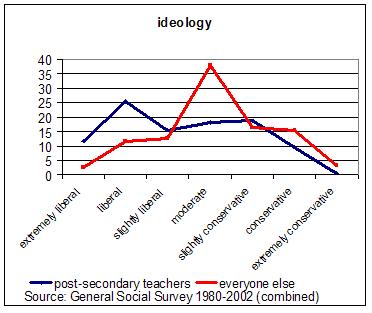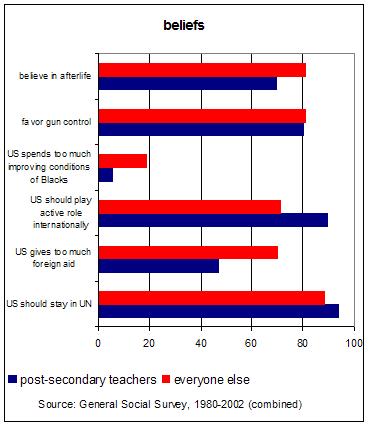The other day, I mentioned that Jim Wallis is promoting the “living wage” as major plank in the Democrats’ platform. A living wage law sets a minimum legal salary that’s high enough to allow one full-time wage-earner to support a family of three or four at or above the poverty line.
Unions, religious groups, and others on the left have invested a lot of energy in living wage campaigns–giving this policy more attention than other anti-poverty initiatives, such as the Earned Income Tax Credit or expanded coverage for Medicaid. Yet economic theory says that businesses will respond to an increase in the minimum wage by cutting workers. Empirical evidence from a “natural experiment” (when New Jersey raised its minimum wage but Pennsylvania did not) generated ambiguous or controversial results. Indeed, the effects of increasing the minumum wage are likely to be fairly complex–and different for various subgroups of poor people. Whether the net effect is good or not is an empirical question, not to be settled by economic theory alone.
Scott Adams and David Neumark of the Public Policy Institute of California have published a very well written and persuasive paper entitled “A Decade of Living Wages: What Have We Learned?” (Full disclosure: Neumark was part of the controversy about the Pennsylvania/New Jersey natural experiment–arguing that the minimum wage increase was not beneficial.) Their paper finds that local living wage laws tend to increase wages among the lowest-paid workers but also cause employment to fall among the least skilled. Both effects are bigger when the living wage applies in several neighboring jurisdictions. The two effects work at cross-purposes, but the net result is a small reduction in the poverty rate. Evidence suggests that a few of the lowest skilled people lose their jobs, but others in the same family units see pay increases; and the whole poor population gains income, on balance. But not very much income. Futhermore, the families that benefit are those that start close to the poverty line. Those deep in poverty do not gain income–presumably because they are likely to be unemployed.
The evidence about local living wage campaigns cannot tell us what would happen if the national minimum wage were raised. However, the implications of the existing studies are not very impressive. Therefore, I wonder why living wage campaigns have absorbed so much energy. It could be because …
1. We can envision a living wage at the local level, as a law passed by a city government. Some cities are very liberal, so they are likely to pass these laws. In contrast, the federal government will not do anything very progressive about poverty. And no one is advocating, for example, an earned income tax credit at the local level. But could such a policy work? [See the comment by Nick Beaudrot for a correction; many states do have their own EITC.]
2. Like rent control and environmental protection, the minimum wage is a mandate that government passes for businesses. There is no need to appropriate public funds explicitly for a minimum wage, although the cost of government may rise if the state has to pay more for labor. It’s politically easier to pass a mandate than an appropriation. Proponents predict large benefits and minimize the costs. In any case, they say, “corporations” will pay the price (and who likes corporations?). However, most economists reply that the potential benefits of a minimum wage are small, at best, and the price will be paid by consumers and some low-skilled workers.
3. Proponents of the living wage don’t like economic theory. Indeed, the dismal science rests on some fundamental assumptions that should be questioned. However, I think the limits of economic theory call for more empirical evidence, especially data drawn from experiments or quasi-experiments. My reading of the available evidence suggests that living wage laws may be mildly beneficial, but they are nowhere close to sufficient.

